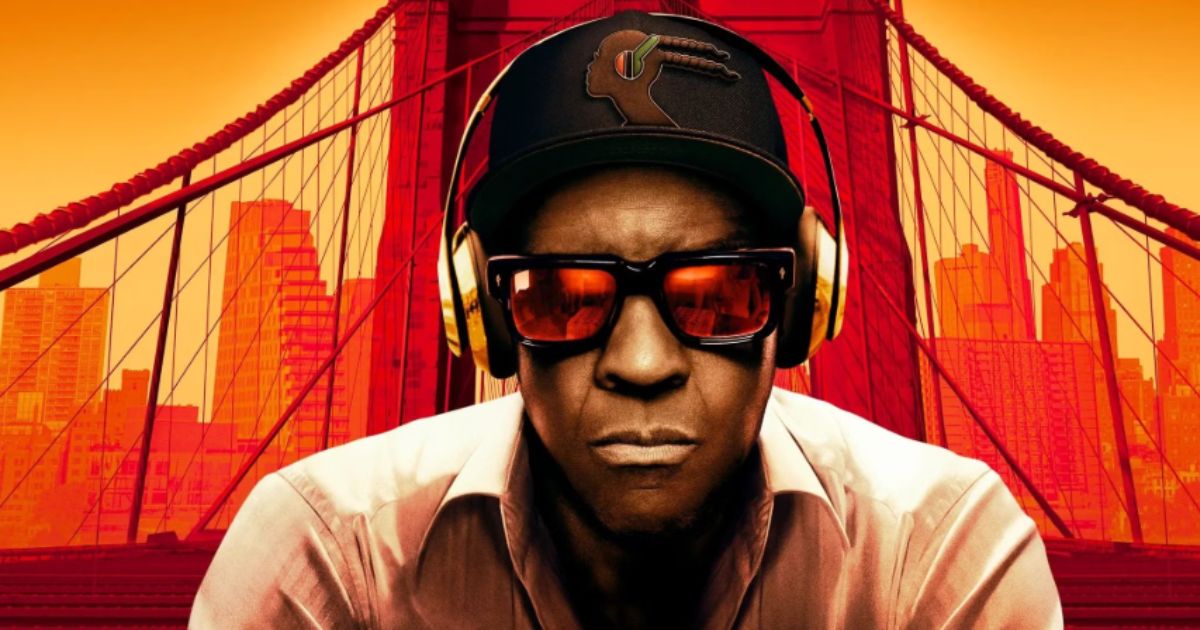Highest 2 Lowest Showtimes is more than just a phrase—it’s a strategy cinemas use to optimize ticket sales for big releases like the 2025 thriller Highest 2 Lowest. From peak evening screenings to midday matinees, theaters rely on precise scheduling, pricing tactics, and audience analytics to keep seats filled and profits steady. In this article, we break down how it works, why it matters, and how it shapes the movie-going experience.
Prime-Time “Highest” Showtimes
Prime-time slots—usually between 7 pm and 9 pm on weekends—are the crown jewels for theaters. This is when the largest number of moviegoers are available, making these showings the most profitable. For Highest 2 Lowest, opening weekend prime slots are expected to sell out quickly, with audiences seeking that first-watch excitement and social media buzz. Premium formats like IMAX or Dolby Cinema often accompany these times, allowing theaters to charge higher ticket prices.
Low-Demand “Lowest” Showtimes
In contrast, “lowest” showtimes occur during off-peak hours, like weekday afternoons or late nights. While demand is naturally lower, these slots are far from unimportant. They provide opportunities to attract budget-conscious viewers, seniors, students, and those with flexible schedules. Discounted pricing, loyalty program perks, or bundle deals (such as ticket + popcorn combos) can turn these low-demand hours into consistent revenue streams.
Dynamic Scheduling and Audience Data
Modern theaters no longer set schedules blindly. They use ticketing software and sales data to forecast demand for each showing. By tracking pre-sales, local events, and competing releases, managers can adjust the mix of highest to lowest showtimes weekly. This approach ensures that prime-time hours remain full, while off-peak slots are supported by targeted promotions.
- High-demand slots get premium pricing and marketing pushes.
- Off-peak slots feature discounts, special events, or themed screenings.
- Schedules are updated in real-time based on ticket trends.
Pricing Strategies That Work
Theaters are adopting dynamic pricing models similar to airlines. Prime-time screenings cost more, while matinee or late-night shows are cheaper. This not only maximizes profit from those willing to pay extra for convenience but also keeps moviegoing accessible for those on a budget. These flexible models are particularly useful during blockbuster runs like Highest 2 Lowest, where demand fluctuates between opening week and later weeks.
How Technology Shapes Showtime Success
Advanced cinema software integrates scheduling, pricing, loyalty programs, and promotions into a single platform. This allows theaters to send push notifications about last-minute seat availability or special discounts, keeping audiences engaged even during low-demand times. Mobile ticketing apps also make it easier for audiences to choose and book showtimes instantly.
Streaming Windows and Theatrical Timing
With streaming services competing for attention, theatrical release windows are more important than ever. Typically, a movie like Highest 2 Lowest will have around 90 days in theaters before hitting platforms like Netflix or Amazon Prime. During this window, theaters rely on the balance of highest and lowest showtimes to maintain attendance momentum from opening weekend through the final week of its run.
Marketing for Different Time Slots
Promoting a Friday night showing is different from marketing a Tuesday afternoon slot. For prime-time showings, trailers, influencer campaigns, and big social pushes are used. For off-peak hours, targeted ads, loyalty rewards, and student discounts are common. The goal is to make each slot attractive to its intended audience.
Why This Matters for Moviegoers
Understanding the highest 2 lowest showtimes concept can help viewers save money or enhance their movie experience. Those seeking the best atmosphere should opt for prime-time, while those prioritizing price and quieter auditoriums can target off-peak showings. It’s a win-win for both customers and theaters.
Example of Industry Impact
According to a Forbes report, theaters using AI-powered scheduling saw improved attendance rates and better utilization of off-peak hours. This technology-driven approach is transforming how showtimes are planned and priced, ensuring maximum efficiency for theaters and better choices for moviegoers.
Conclusion
From blockbuster debuts to midweek matinees, the highest 2 lowest showtimes model ensures that theaters make the most of every hour in their schedule. By blending premium experiences with budget-friendly options, cinemas can cater to a wide range of audiences while staying profitable in an increasingly competitive entertainment landscape.
Related Stories
- jennifer garner: Career Highlights and Latest News
- steal a brainrot roblox: Inside the Roblox Fan Phenomenon
- rockstar games gta 6: What We Know So Far
- prodigy: How They’re Changing the 2025 Music Scene
- michigan football punishment: NCAA Decisions and Reactions
- premier league: 2025/26 Season Standings and Predictions
- la liga: Title Race and Key Player Updates
- Supercopa De Europa 2025: PSG vs Tottenham at Stadio Friuli

